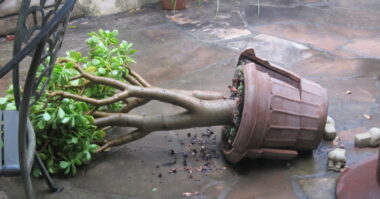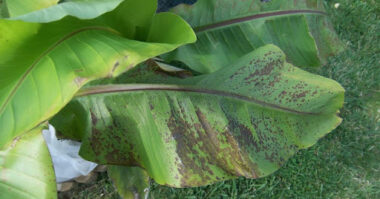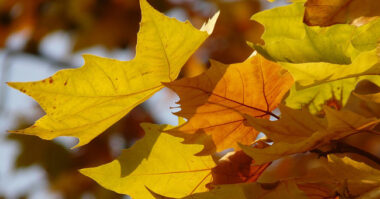Electricity is no joke. As soon as an overhead cable comes into continuous or repeated contact with a surface, there is a risk of overheating and fire. And if you are unfortunate enough to put your feet or fingers in the wrong place, you could be injured by electrification or even die from electrocution.
Contents
What is the risk when a tree is on a power line?
Your tree is obstructing traffic and threatening the safety of passers-by and infrastructure. Pruning becomes essential, but you are unable to respect these distance warnings, because the tree is definitely too close to the electric wires. But who is responsible for pruning near electrical wires in this case?
Although the owner is required to pay for the pruning, the work itself will be done by licensed professionals. These are the network concessionaires. The technical agents work mainly on the public domain, so they must obtain your authorization to enter your home in order to prune the part of the tree that is located on your private domain. You cannot refuse them access to your property.
The pruning of a tree involves your responsibilities, especially if you choose to do it for maintenance or construction reasons. You will be billed for the cost of the trimming, but when the distance is insufficient, you should consider requesting a disconnection at your expense from the power company. You should also verify that your “liability insurance” covers any bodily injury or property damage that may result from pruning on private property.
Who is responsible for pruning on your property?
In most cases, it is the responsibility of the owner or occupant of the property to take care of pruning in the following 3 situations:
Situation n°1
The tree is planted on your property and overhangs the public domain where the power line is located.
Situation n°2
The tree was planted after the construction of the power line which is over the private domain. If the tree was present prior to the construction of the power line, a local company will be responsible for the pruning of the tree in question.
Situation n°3
The tree is in close proximity to the cable that supplies electricity to the property
How to prune your trees?
When it is your responsibility to cut or prune your trees, there is nothing to stop you from doing it yourself with the proper tools. You can also call on a certified company at your expense. In both cases, however, you must first contact a professional company.
You can carry out the pruning yourself or by a certified company of your choice at your expense.
What about wood cut after pruning?
As the owner of the land on which the tree is located, you also own the cut wood.
Precautions to take
Distance to be respected
The tree that borders your property has grown and now its branches are overhanging the fence and getting dangerously close to the wires that supply electricity to the neighborhood. There are many dangers of electrocution in this case if you plan to prune it.
When the time comes to prune it, it will be necessary to scrupulously follow the recommendations on the minimum distances to respect. A high voltage line should not be closer than 3 meters to the tree’s height and 4 meters to its largest circumference. In other words, a tree of 5 meters in height and 5 meters in circumference must be at least 8 meters from high voltage wires. In cities and large towns, or in the vicinity of isolated low-voltage lines, the distance can be reduced to between 1 and 3 meters, both in height and width.
However, these data may vary from one region to another or from one department to another. To find out the distances applicable in your area, it is best to go through a professional who will be responsible for the pruning of your property. However, you can find this information from the electricity companies. In some cases, the town hall can provide you with this information if it has it, but it should be remembered that these are recommendations and not laws.
Choosing a tree
When choosing a tree, one of the first things to do is to check how far away from power lines you can plant the different tree species to make it safe.
This will tell you if your land has enough space.
For example, a tree with a maximum height of 5m can generally be planted within 5m of a power line. A 12m tree, on the other hand, should be planted about 5m or more from a line. The recommendations are quite similar from province to province.
Where to find the information?
Electricity companies have all the necessary information on this subject. Contact the one in your province or consult their website.
Note that these are only recommendations, not laws. However, if you do not respect them, in addition to running the risks already mentioned, the company can come and prune your tree if it encroaches too much on the lines, and it will thus lose its natural beauty and shape, in addition to being weakened.
Pruning and felling
The first thing to do before pruning a tree is to make sure that neither the tree, its branches nor your tools will be within 3m of a line during the work. Also, if you are cutting a tree or branch, you must make sure that under no circumstances will it hit a line when it falls.
If in doubt, call your power company. If there is indeed a danger, they will come and do the pruning.
When it comes to cutting down trees, you should never do it yourself. Experts know how to control a falling tree and will check for power line hazards.
Who’s going to pay if the power company sends me their trimmer?
If it is for maintenance or construction (house, shed, etc.), you will probably be charged. If it is because a tree or branches are threatening to cause power outages by falling or touching the wires, it will usually be at the expense of the power company.
The important thing is to plan ahead and get the facts.









